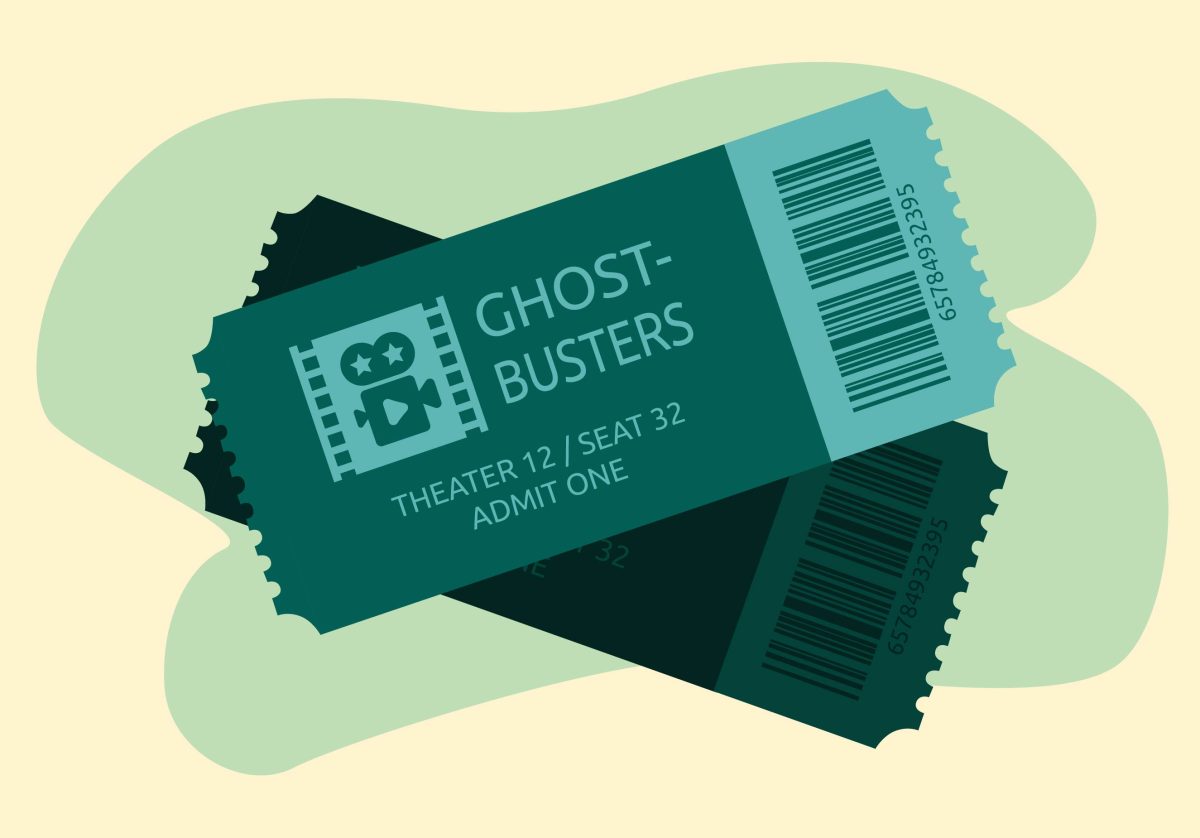Two weeks ago, the United States spent $28.1 million to see a group of young men dress up as elderly people
and expose themselves in public, launch their bodies into lakes with rockets and consume animal products that lie a bit outside the food pyramid.
But this fact shouldn’t be as shocking as the stunts involved. After all, we have a history of indulging in the perverse, repulsive and subversive side of cinema.
We’ll save the theory for future cultural studies academics (they need work, too!). But let us now compare this stunt-crazed catharsis with a similarly sadomasochistic phenomenon in film: horror.
To begin, we ought to travel back in time to a magical era in United States motion picture history.
It’s 1967 and the film industry’s production code (also know as the Hays Code), instituted in 1930, is abandoned for what is currently known as the Motion Picture Association of America and its rating system.
The old code included restrictions stating that “brutal killings are not to be presented in detail” and “sex perversion or any inference to it is forbidden.” The new one is that set of alpha-numeric ratings we’re so used to seeing in white print against a green background.
Today, with our retrospective periscope, we’re able to align 30 years worth of film into two pictures, each unfathomable without the fall of the old code: “The Texas Chainsaw Massacre” and “Jackass Number Two.”
Oh, but you need convincing, don’t you? Not a believer? Chainsaws and cannibalism don’t translate into vomit, feces and self-mutilation for you? Well, how about this:
On the back of its own recently reissued “two-disc ultimate edition” DVD, the original “Texas Chainsaw Massacre” boasts its “grisly,” “sick” and “perverse” labels. And even Roger Ebert, despite his overall praise, wrote in 1974 that the movie is “without any apparent purpose, unless the creation of disgust and fright is a purpose.”
Remove the titles and such descriptions become indiscernible between the two films.
“Jackass” received the coveted two thumbs up from Ebert and Roeper (though Ebert didn’t actually review the film). Roeper says that “there’s a madness here that you just don’t see in any other walk of life.”
And it’s true. Although it isn’t just any other walk of life that misses this madness, it’s our walk of life – the viewing public that pledges allegiance to the entertainment of America.
It is an utterly vicarious purging, physically engaging in a way Buñuel and other surrealist avant-gardes could not have dreamed of (pun intended). And, as the credits conclude, we realize that we’re exhausted from both laughter and having endured the repeated destruction of other human beings.
In the end, though Leatherface lives, one would-be victim escapes. And, despite threats of sharks, rockets and ballistics, the jackasses are alive and well enough to reject the idea of a third installment. There necessarily remains some semblance of security for our desensitized eyes.
If you are yet unconvinced, if you’d rather excuse this connection as mere coincidence, then allow this final point. Whether at the dinner table with a troupe of ex-meat packing cannibals or on the horse ranch with your favorite jackasses, do one thing: Trust your gut.














